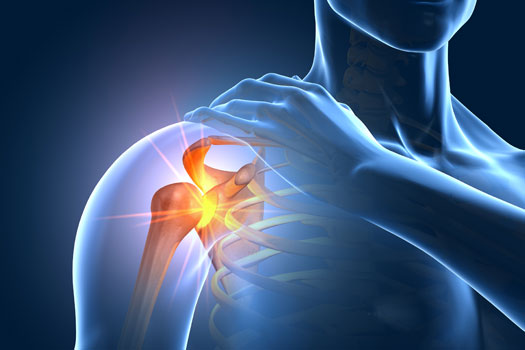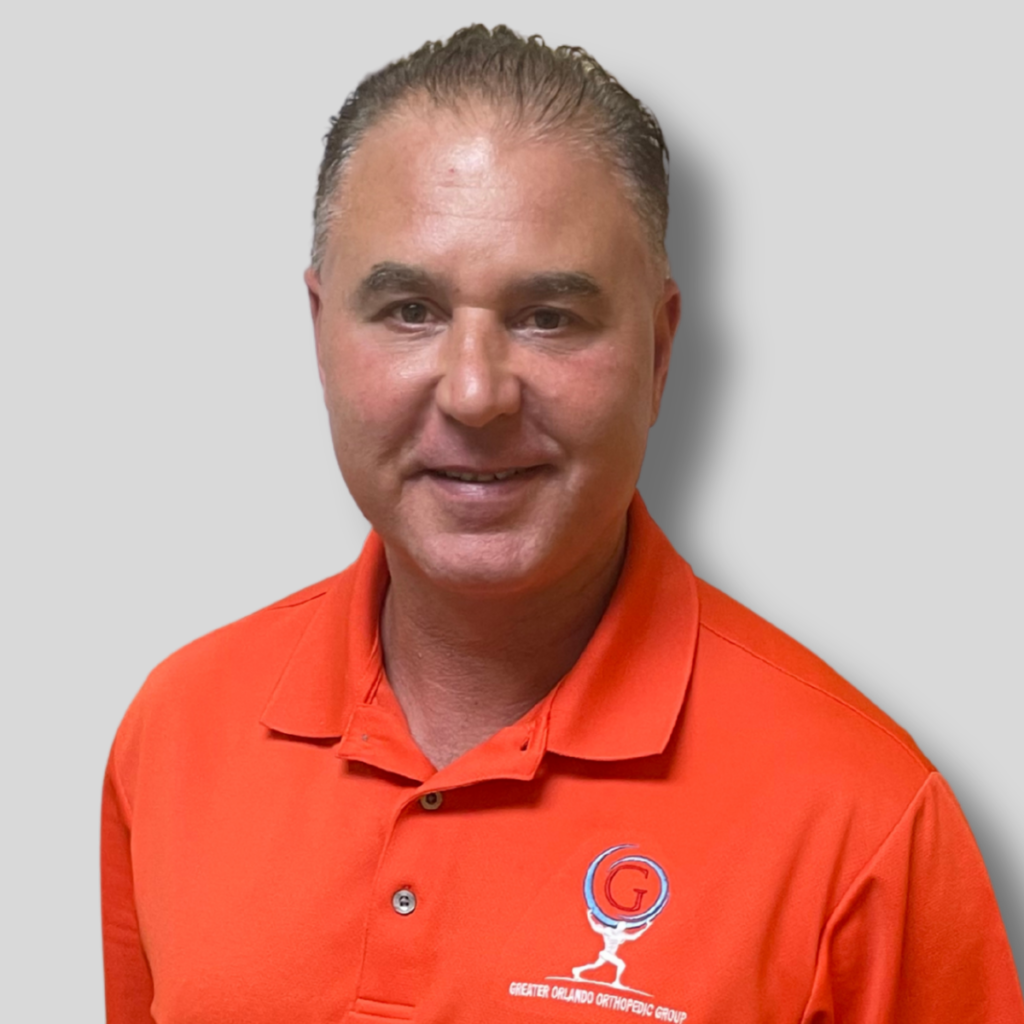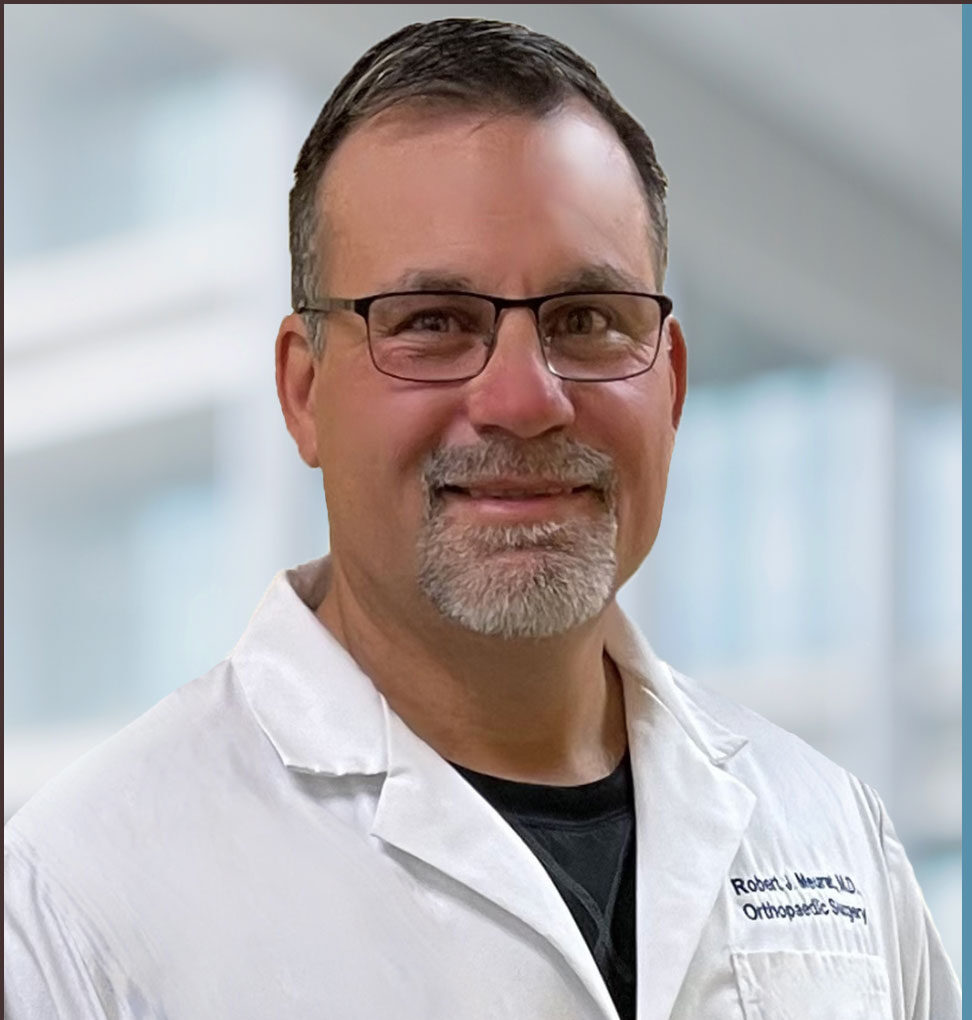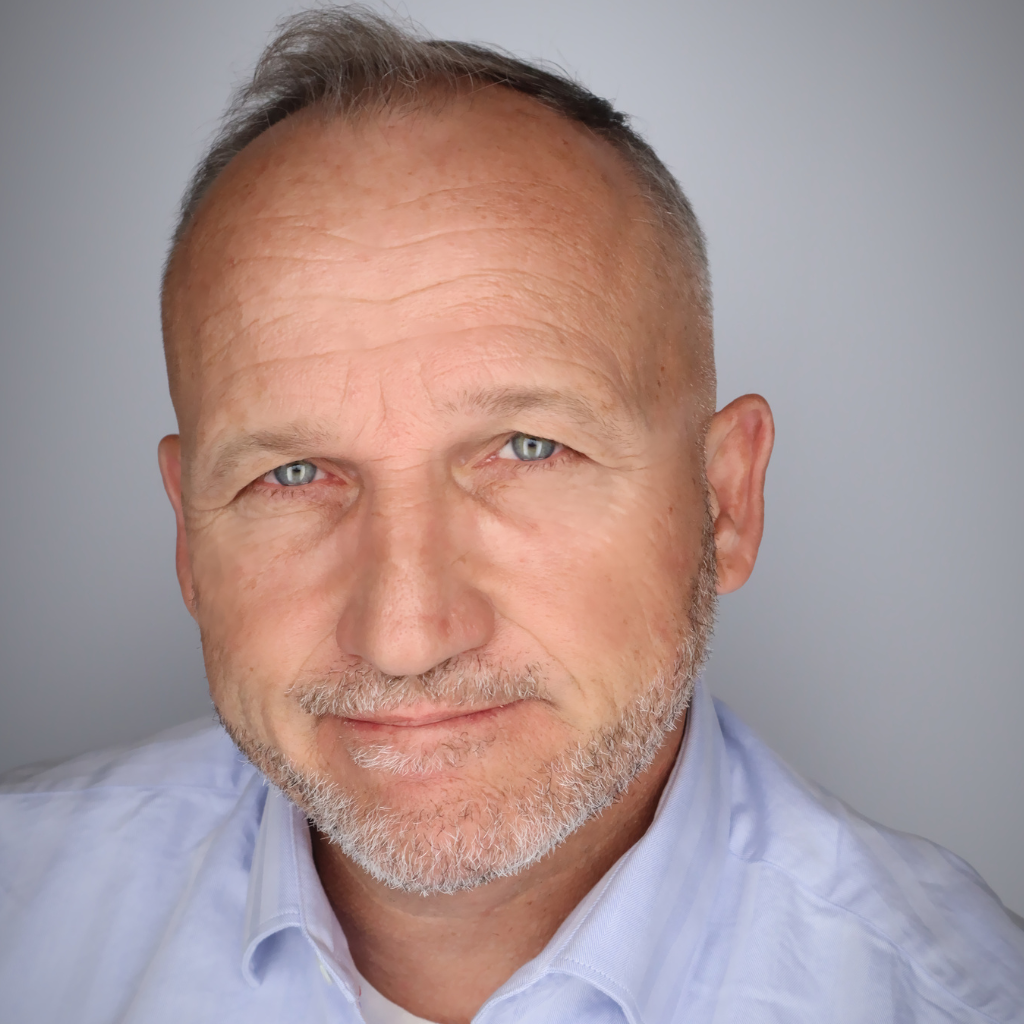
At Greater Orlando Orthopedic Group, we provide expert orthopedic care for a wide range of shoulder and elbow injuries and conditions. Whether you are experiencing pain, stiffness, weakness, or mobility issues, our experienced orthopedic specialists offer personalized treatment plans to help you regain function and live pain-free.
Comprehensive Shoulder Pain Treatment in Orlando
Our shoulder and elbow specialists use advanced diagnostic tools and state-of-the-art treatments to provide customized care for each patient. We offer:
✔ Non-Surgical Treatments – Therapy and exercise, bracing and shoulder injections.
✔ Minimally Invasive Shoulder and Elbow Surgery – Arthroscopic shoulder and elbow surgery including primary and revision rotator cuff repairs, biceps repair, tennis elbow surgery, capsular release, labral repair, and shoulder instability all performed with a camera placed through minimal incisions.
✔ Advanced Surgical Solutions – Both anatomic and reverse joint replacement, superior capsular reconstruction (SCR), fracture repair, and revision procedures.
Schedule an Appointment Today.
Shoulder arthritis can cause chronic shoulder pain, stiffness, and reduced range of motion due to cartilage degeneration. Conservative treatments include physical therapy, lifestyle modifications, pain management injections, and regenerative medicine. In advanced cases, shoulder replacement surgery may be an option.
AC separation, commonly known as a separated shoulder, occurs when the ligaments connecting the collarbone and shoulder blade are injured, often due to falls or sports injuries. Mild cases may heal with rest, ice, and physical therapy, while severe cases may require surgical reconstruction.
Shoulder impingement syndrome happens when the rotator cuff tendons are compressed, often leading to shoulder bursitis (inflammation of the bursa). This condition causes pain with overhead movements, which can worsen without treatment. Non-surgical treatments like anti-inflammatory medications, physical therapy, and steroid injections can help relieve symptoms.
The biceps tendon connects the biceps muscle to the shoulder and elbow. Overuse, aging, or sudden injuries can lead to biceps tendonitis, partial tears, or complete ruptures, causing pain, weakness, and a noticeable deformity (“Popeye arm”). Treatments include conservative therapy, injections, and in severe cases, surgical repair.
Cartilage injuries in the shoulder can result from trauma, repetitive use, or arthritis, leading to pain, stiffness, and locking sensations. Labral tears, as well as osteochondral defects, can be treated with arthroscopic debridement, cartilage restoration techniques, or labral repair surgery.
Frozen shoulder is a painful condition marked by stiffness and a gradual loss of motion in the shoulder joint. It often develops after an injury, sometimes surgery, and many times without a definable cause. Treatment includes guided physical therapy, anti-inflammatory medications, and steroid injections. In severe cases, minimally invasive procedures may be recommended.
Fractures of the clavicle (collarbone), humerus, or scapula can result from sports injuries, falls, or car accidents. Treatment varies from immobilization and physical therapy to surgical intervention for complex fractures.
The shoulder labrum helps stabilize the joint, but it can tear due to trauma, repetitive movements, or aging. Symptoms include deep shoulder pain, clicking sensations, and instability. Treatment ranges from non-surgical rehabilitation to arthroscopic labral repair.
Nerve compressions in the shoulder and elbow, such as suprascapular nerve entrapment, brachial plexus injuries, and cubital tunnel syndrome, can cause pain, tingling, numbness, and weakness. Treatments include nerve decompression procedures, physical therapy, and medication management.
Though commonly associated with the elbow, tennis elbow can also contribute to shoulder dysfunction due to compensatory movements. This overuse injury causes pain on the outer elbow, forearm weakness, and difficulty gripping objects. Treatments include brace support, physical therapy, injections, and, in resistant cases, minimally invasive procedures.
A rotator cuff tear occurs when the tendons supporting the shoulder joint become damaged due to injury or wear and tear. Symptoms include shoulder pain, weakness, and difficulty lifting the arm. Treatment options range from physical therapy and corticosteroid injections to minimally invasive rotator cuff repair surgery.
A dislocated shoulder occurs when the upper arm bone (humerus) pops out of the shoulder joint. Repeated dislocations may lead to chronic shoulder instability, causing pain and weakness. Depending on severity, treatment may include shoulder stabilization exercises, bracing, or arthroscopic surgery to restore stability.
Athletes and active individuals frequently experience overuse injuries, ligament sprains, muscle strains, and joint instability. Common sports injuries include:
✔ Rotator cuff tears & impingement from repetitive overhead motions in baseball, swimming, and tennis.
✔ Shoulder dislocations & labral tears in football, wrestling, and basketball.
✔ Biceps tendon injuries & AC joint sprains from weightlifting and contact sports.
✔ Throwing injuries & elbow tendonitis in baseball pitchers and golfers.
Our orthopedic specialists provide customized treatment plans designed to restore mobility, prevent future injuries, and optimize performance for athletes at all levels.
Techniques such as manual therapy, stretching, and resistance exercises
Temporary support to reduce strain on the shoulder and allow healing
Nonsteroidal anti-inflammatory drugs (NSAIDs) like ibuprofen or naproxen to reduce pain and inflammation
Corticosteroids (oral or injections) for significant inflammation relief
Topical pain relievers (lidocaine or capsaicin creams)
Corticosteroid injections can provide temporary relief from pain and inflammation
May be used for conditions like bursitis, arthritis, or rotator cuff tendinitis
Uses a concentration of the patient’s own platelets to promote healing
Still under research but may help with tendon injuries
Avoiding repetitive overhead movements
Adjusting posture and sleeping position
Using assistive devices if necessary
Arthroscopic surgery is a minimally invasive technique used to diagnose and treat joint conditions. Through small incisions, a camera and specialized tools are used to repair tissues, remove damaged cartilage, or address inflammation in the shoulder or elbow. This approach typically results in less pain, quicker recovery, and smaller scars.
This procedure addresses injuries to the biceps tendon, such as tears or detachments. Surgical intervention involves reattaching the tendon to the bone, restoring strength and function to the upper arm and shoulder.
Biologic shoulder resurfacing is a joint-preserving alternative to traditional shoulder replacement. Instead of using metal or plastic implants, it utilizes donor tissue (biologic grafts) to resurface the damaged joint, making it ideal for younger, active patients or those with early-stage arthritis seeking to maintain more of their natural anatomy.
Capsular release is a minimally invasive procedure used to treat frozen shoulder (adhesive capsulitis). By releasing the tight, inflamed joint capsule through arthroscopic surgery, this technique restores range of motion, reduces stiffness, and alleviates shoulder pain.
Labral repair surgery focuses on mending tears in the shoulder’s labrum—the cartilage rim that deepens the shoulder socket. Such tears can lead to pain and instability. The procedure often utilizes arthroscopic methods to reattach the torn labrum, restoring shoulder stability and function.
Ligament repair surgery is used to restore stability to joints where ligaments have been torn or stretched—commonly due to sports injuries or trauma. Whether in the shoulder or elbow, the procedure involves reattaching or reconstructing the damaged ligament to support joint function and prevent further injury.
This procedure addresses tears in the rotator cuff tendons, which are crucial for shoulder stability and movement. Surgical repair involves reattaching the torn tendon to the head of the humerus (upper arm bone), often using minimally invasive arthroscopic techniques. This approach typically results in reduced pain and a quicker recovery, allowing patients to regain shoulder function.
This surgery replaces the damaged parts of the shoulder joint with artificial components: a metal ball replaces the head of the humerus, and a plastic socket replaces the glenoid. It’s typically recommended for severe arthritis or complex fractures, aiming to alleviate pain and restore a wide range of motion.
Designed for patients with severe rotator cuff damage, this procedure reverses the normal ball-and-socket structure of the shoulder. By doing so, it allows other muscles, like the deltoid, to compensate for the deficient rotator cuff, improving shoulder function and reducing pain.
When conservative treatments fail, tennis elbow (lateral epicondylitis) surgery may be recommended to remove damaged tendon tissue and promote healing. This procedure, often performed arthroscopically or through a small incision, relieves pain and restores strength and function to the elbow.
SCR is a surgical technique used to treat irreparable rotator cuff tears. It involves grafting tissue to reconstruct the superior capsule of the shoulder, stabilizing the joint and alleviating pain. This procedure is particularly beneficial for patients who are not candidates for traditional rotator cuff repair.

Board-Certified Orthopedic Surgeon Hip and Knee Replacement Specialist

Board-Certified Orthopedic Surgeon Fellowship-Trained in Trauma

Board-Certified Orthopedic Surgeon Subspecialty Trained and Board-Certified in Orthopaedic Sports Medicine